We ventured down to Arizona last week to attend the amazing Tucson Book Festival: 130,000 attendees and 320 authors. It’s a book dork’s idea of heaven.
While down in the desert, we saw two, curious natural history scenes, both worthy of closer investigation and consideration. Unfortunately, both also centered on dead animals my wife and I found on a morning walk on a road.
The first was a tarantula. I assume the spider had ventured out in search of food, perhaps triggered by the rain that had fallen in the night. Since the body was not flat, the spider didn’t appear to have died from being hit by a car. When I picked the body up to move it off the road, it stuck slightly, like chewing gum. Perhaps someone had stepped on the tarantula: people seem to have a warped propensity to do this. Or maybe a bird, such as a crow, had killed the spider by aggressive pecking and then been driven away by the arrival of a car. I also know that bikers regularly ride this stretch. Did one run over the spider and leave minimal marks? If a bike rider did that, it was certainly the act of a jerk, as they would have had to swerve nearly off the road to kill the tarantula. What’d the spider do to them to deserve such a fate?
Although I didn’t solve the mystery about the death of the tarantula, I hope it’s okay if I share a few natural history tidbits about these fine arachnids. Tarantulas are not aggressive nor is their venom deadly, though they do have big fangs, which they use on small animals. When confronted by larger predators, in contrast, tarantulas rub their legs together. This action generates a cloud of irritating, or urticating, hairs, especially painful to the eyes and nose of mammals, such as coyotes, skunks, and inquisitive humans.
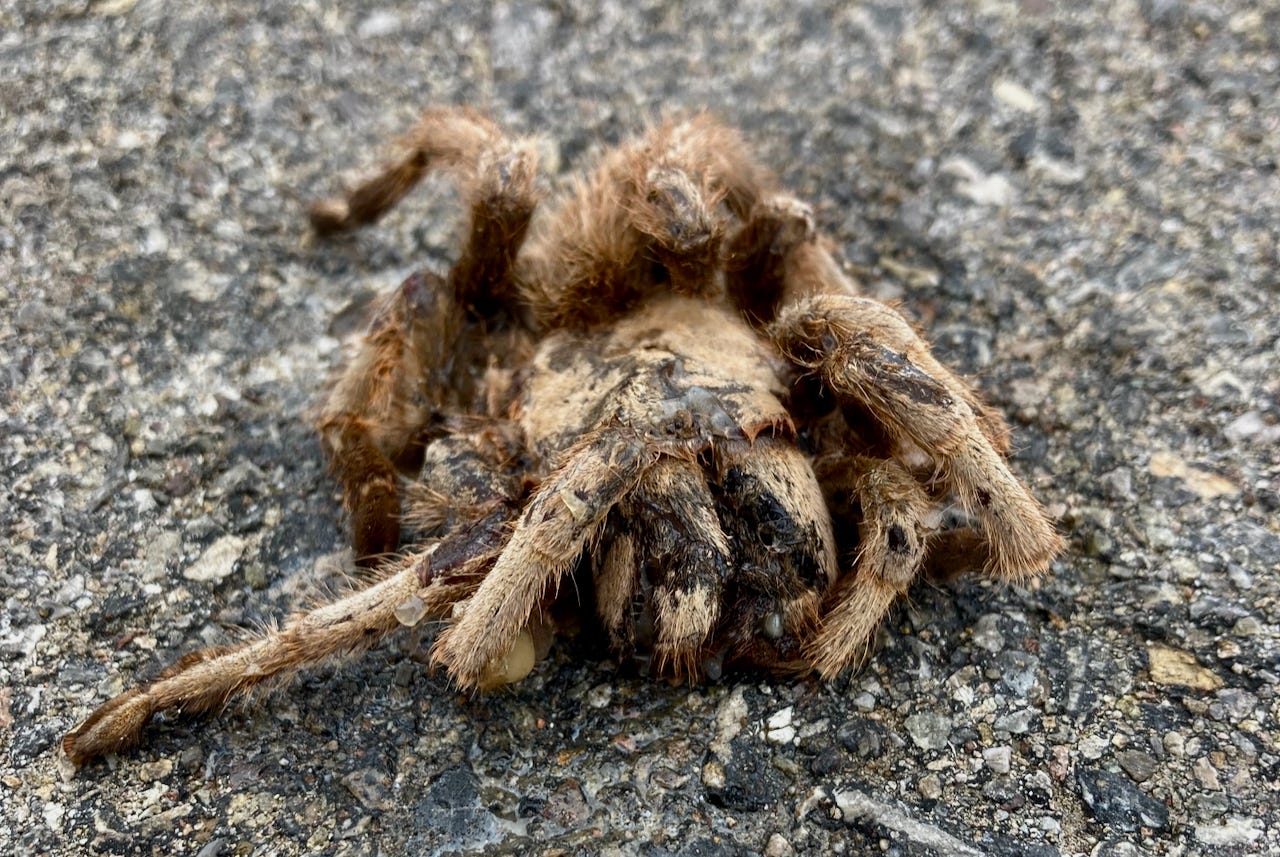
As a word lover, one of my favorite stories involves tarantulas (though technically in reference to the related wolf spiders (Lycosa tarantula)). Between the 15th and 17th centuries an epidemic known as tarantism spread in southern Italy, around the seaport of Taranto. The unfortunate people suffered through grotesque and unnatural gestures and extravagant postures, ultimately resulting in death. The cause: a spider bite. The cure: a frenzied, music-induced dance, the tarantella, which sweat out the toxins. Needless to say, there was little truth to the claims, but new world tarantulas, in the family Theraphasidae, are named for the town.
The second CSI was more confusing. About 15 minutes after seeing the tarantula, we encountered a very flat Desert Spiny Lizard (Sceloporus magister). About two feet away was the tail, intact and unaffected by the brute force that had 2D-ed the body. The way the body was flattened it seemed clear to me that the car that crushed the body would not have missed the tail. How did the tail end up whole and free from its previous, life-long partner?
Like many other lizards, the desert spiny has the rather handy (or is it taily) ability to shed their tail. Known as caudal autotomy, tail dropping is a slick evolutionary adaptation to escape predators. When a predator grabs the tail, the lizard can voluntarily drop, or autotomise, the tail between vertebrae; far better to let a predator pull off your tail than to become a full-body meal.
My initial thought was that the lizard could have sensed the car and shed her tail, perhaps hoping to distract the oncoming car, assuming that the lizard thought that the car was a predator. (I have no idea what lizards think but wanted to give her the benefit of the doubt.) When I reached out to Bill Bateman, an expert on caudal autotomy, he proposed a different solution. “I wonder in this case though if the tail was shed as the car hit the lizard and then moved away from the lizard: tails can keep moving for some time after autotomy and it may have bounced away. Sadly, it’s not a good defense against cars.”
These two roadkills exemplify a story found world-wide. Vehicles kill millions upon millions of animals every year ranging in size from insects to bears. Roadkills are a sobering example of the outsized influence humans have on our fellow planetary residents. As a 2024 California report summarized: roadkills are under-recognized and under-reported and another factor in the ongoing population decline of many species.
After studying the bodies of the tarantula and lizard, I tried to gently pry them off the pavement and move them off the road and out of the way of further desecration. I know that my action meant little but I felt that the gesture of respect was the least I could do to honor the lives that had been taken.
Word of the week - Urticate come from the Latin ūrĕre, meaning to burn. In the PNW, we are probably most familiar with this term as the genus of nettle Urtica. This was how Latin speakers referred to nettles, a group of plants that has long given blisters to the unwary worldwide.
Book Launch - April 16, 2025 - Burke Museum - 6:00 P.M. - Wow! Join artist Elizabeth Person and me for a conversation and book launch for Wild in Seattle: Stories at the Crossroads of People and Nature. Registration link.
For information on other events, check out the Walks/Talks page on my website.

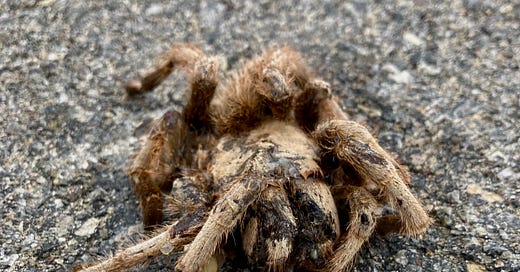


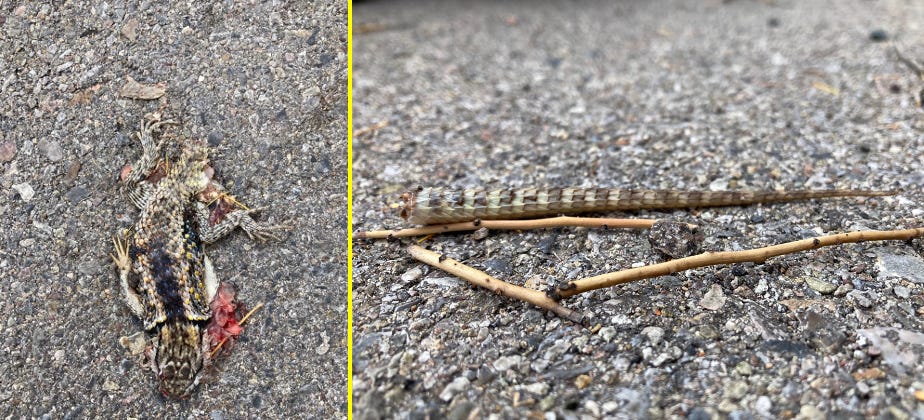



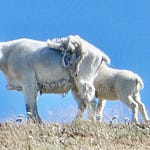


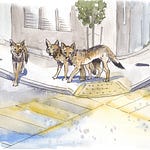

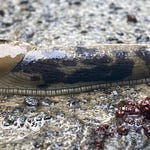
Share this post